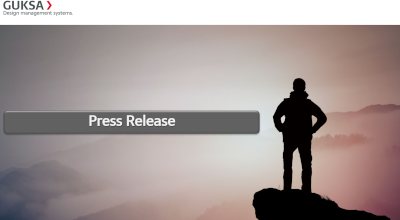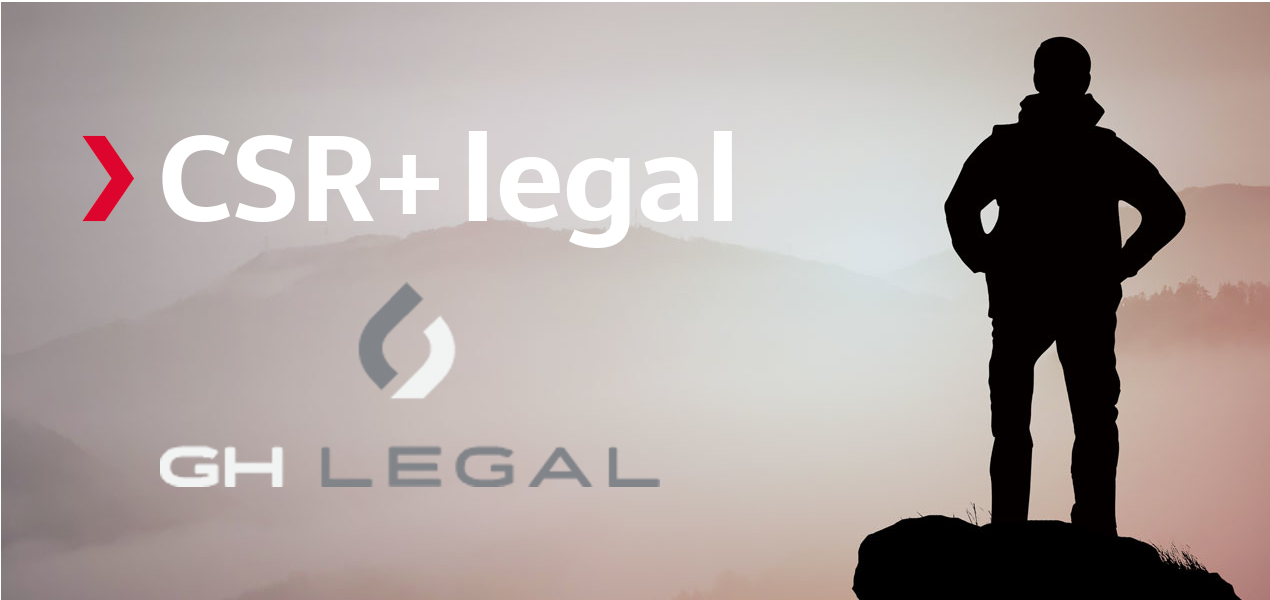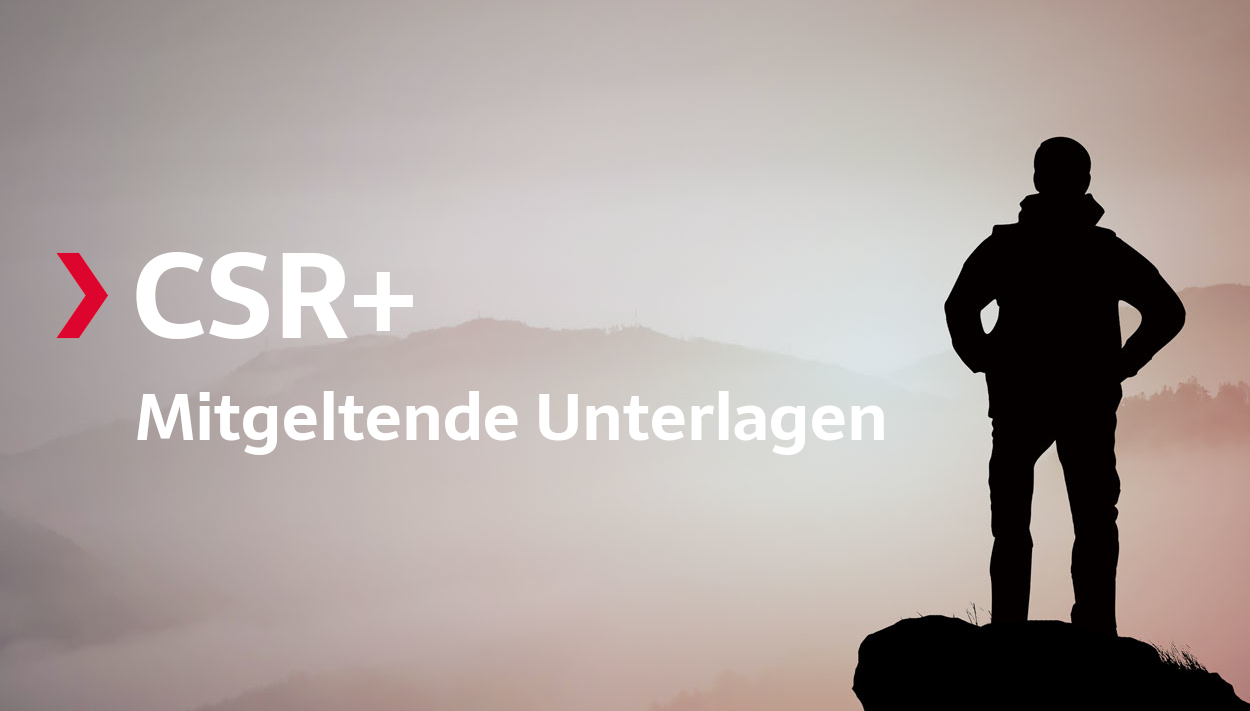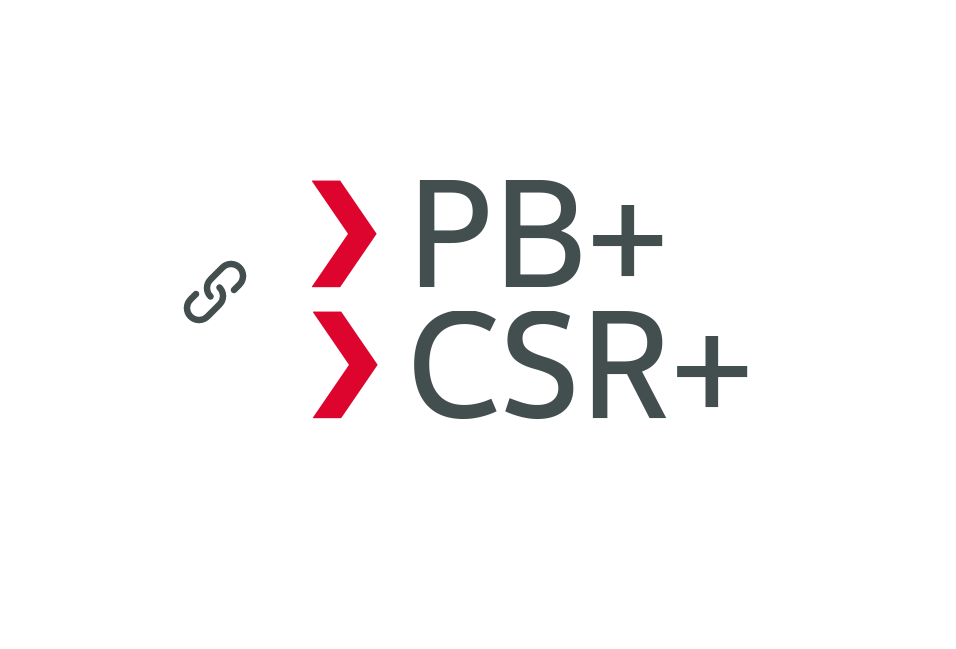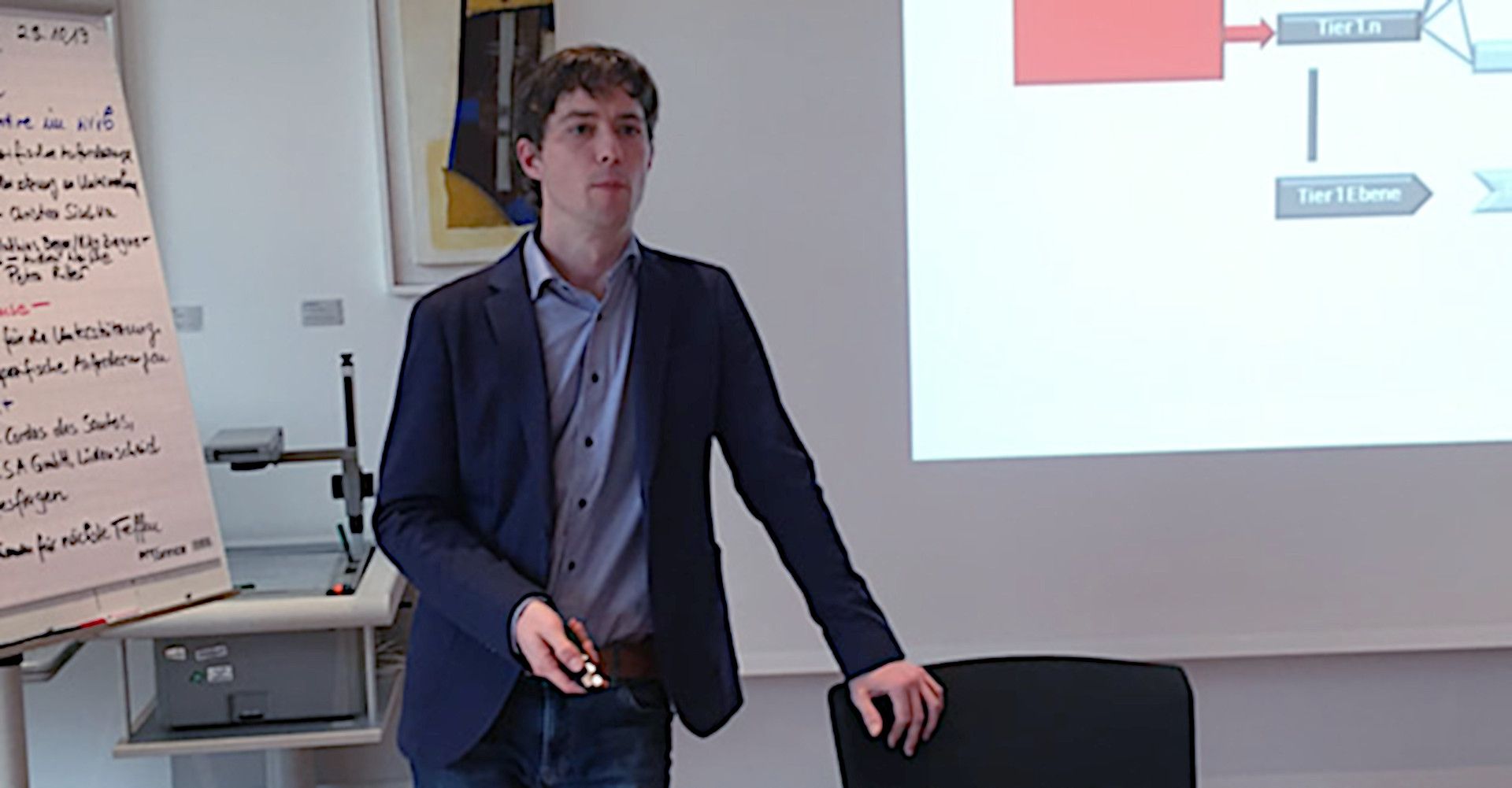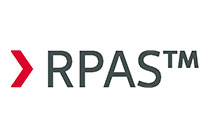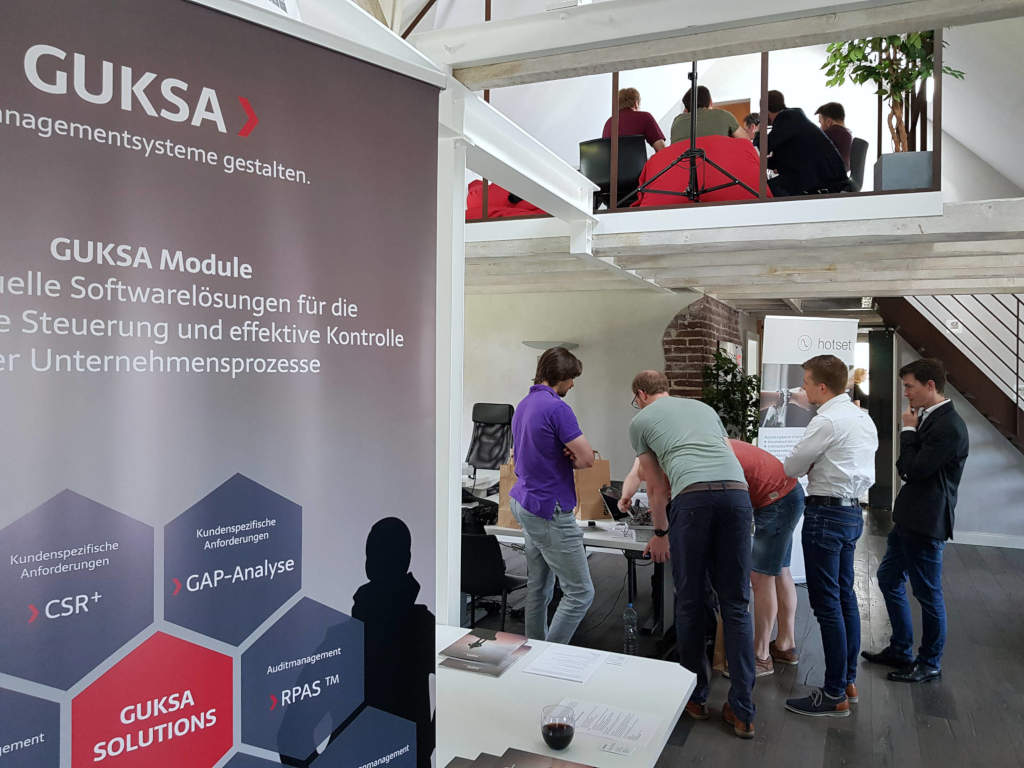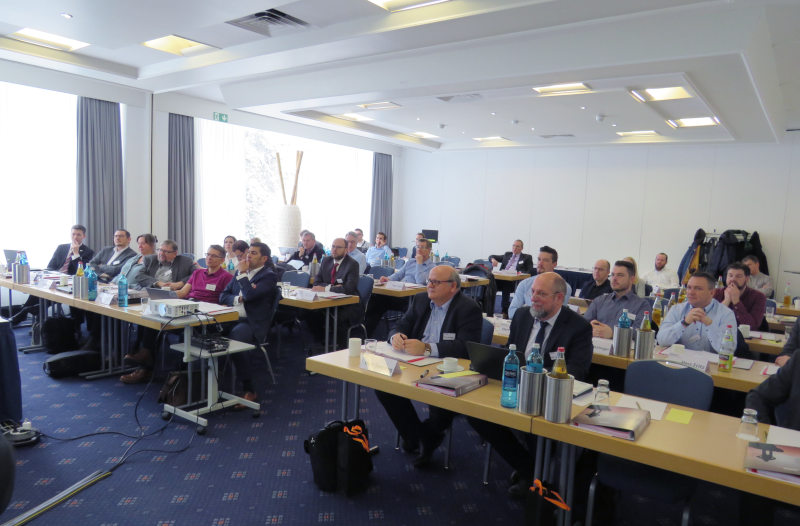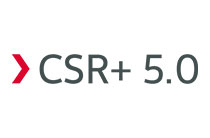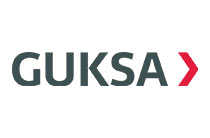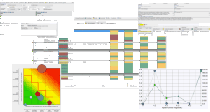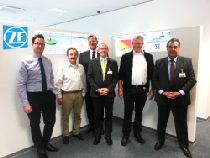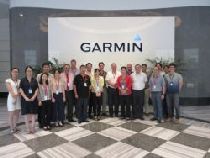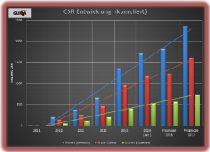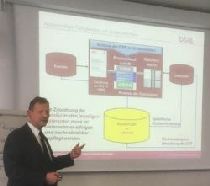Prevent risks
|
GUKSA DiMS |
|||
|
Customer Specific Requirements >CSR+ |
Audit Management >AUDiT |
Process Audit Management >PAS |
Risk Management >RISK |
|
Feasability analysis >ATS |
Process Management >PB+ |
Document Management >DOCS |
|
|
Analysis tools >ANALYSIS |
Measure Management >TODO |
Management Organization & Opportunity Tool >MOT |
Information Security Management System >ISMS |
-
>Benefits for your company
The structured and flexible design of the system allows you to centrally create and manage all risk assessments in your company in a uniform manner.
The risks are not only structured, but also presented graphically (RISK map) to provide an overview.
By looking at the same risks over time, it is possible to show the development of the company in a comprehensible way.
The extensibility of the module enables the reference of risk analyses to your company's processes (PB+), audit results (RPAS®), feasibility studies (ATS) and any other individual references.
-
>Description
The RISK (Risk Analysis and Management) module is used to set up a risk management system and to present risks related to different areas in the company.
In the system, any risk assessment can be built up using hazard areas, danger areas and risks (based on ISO 31000), all of which can be weighted individually. Thus, the risk-based approach, which has been required since the introduction of IATF 16949, is also fulfilled.
Furthermore, this risk assessment can be presented graphically in a self-created RISK map (risk matrix).
Parallel to the RISK map, a second view and prioritization of the risks can take place via a pairwise comparison. Finally, the risks can be reduced and minimized by means of measures and their processing. -
>Structure of a risk assessment
When setting up a risk assessment, any number of levels can be created, which are divided into three categories.
On the one hand, these are hazard areas, which provide a meaningful overview and subdivision of the various considerations (e.g., danger to operational processes, strategic hazards, etc.), followed by the hazard areas, which represent a differentiated consideration of these areas (change in environmental factors, ongoing business activities, etc.), and on the other hand, the risks themselves (delivery problems due to transport risks, loss of equipment or people at the supplier, etc.). Each entry and level can be given a weighting to highlight its importance and influence.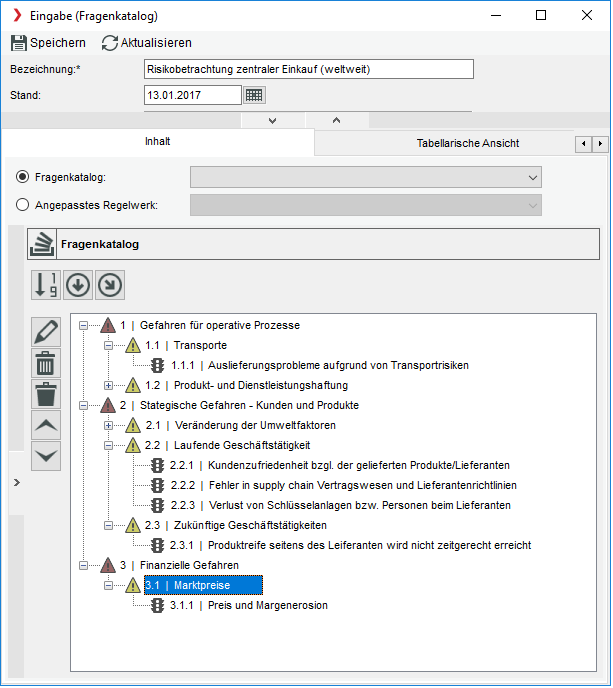 >Create a RISK map (graphical)
>Create a RISK map (graphical)When creating a RISK map, the user has all degrees of freedom. A matrix of any size can be built, which can be provided with an axis label and flexible scaling. Furthermore, any background image can represent the different risk areas (e.g. red, yellow, green).
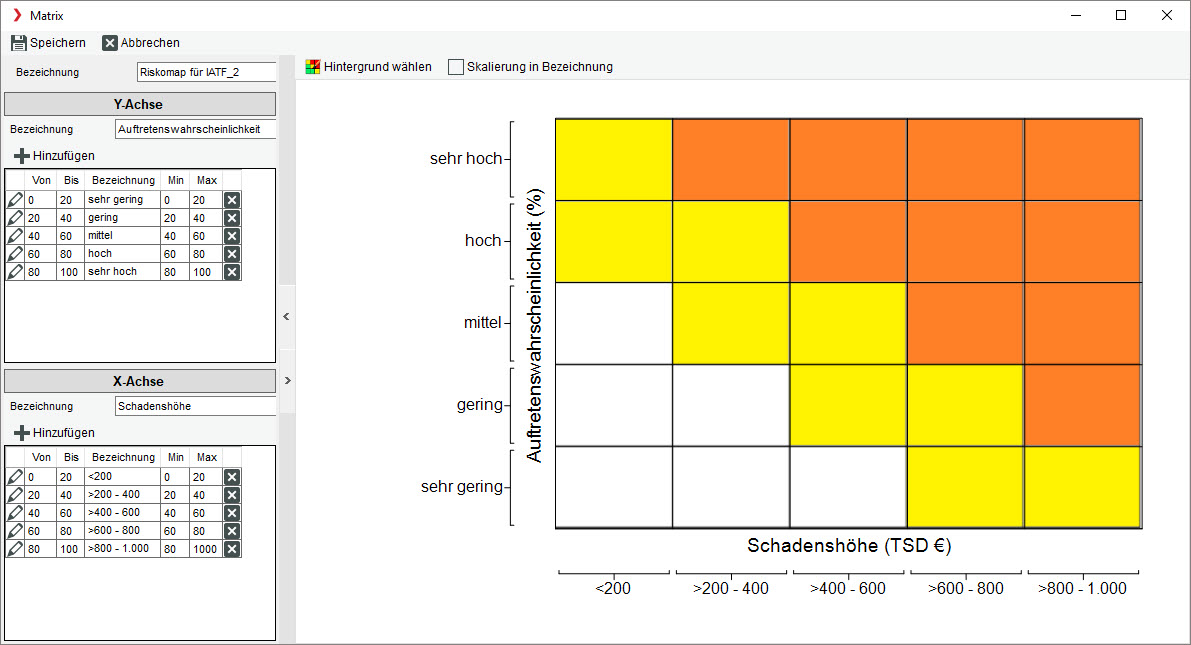 >Create and work with a evaluation system
>Create and work with a evaluation systemEvaluation systems are mainly used in conjunction with other modules to enable a more differentiated view of risks and to establish uniform evaluation structures. In principle, risks are differentiated according to probability of occurrence (%) and amount of damage (quantitative: € 200,000 - 400,000, € 400,000 - 600,000, ... and/or qualitative: low, medium high, ...).
>Pairwise Comparison of risksThe pairwise comparison makes it possible to consider the risks against each other and to obtain a further prioritization in addition to the conventional RISK map. Thus, also with this method, a ranking of the risks can be developed and serve as a basis for management decisions.
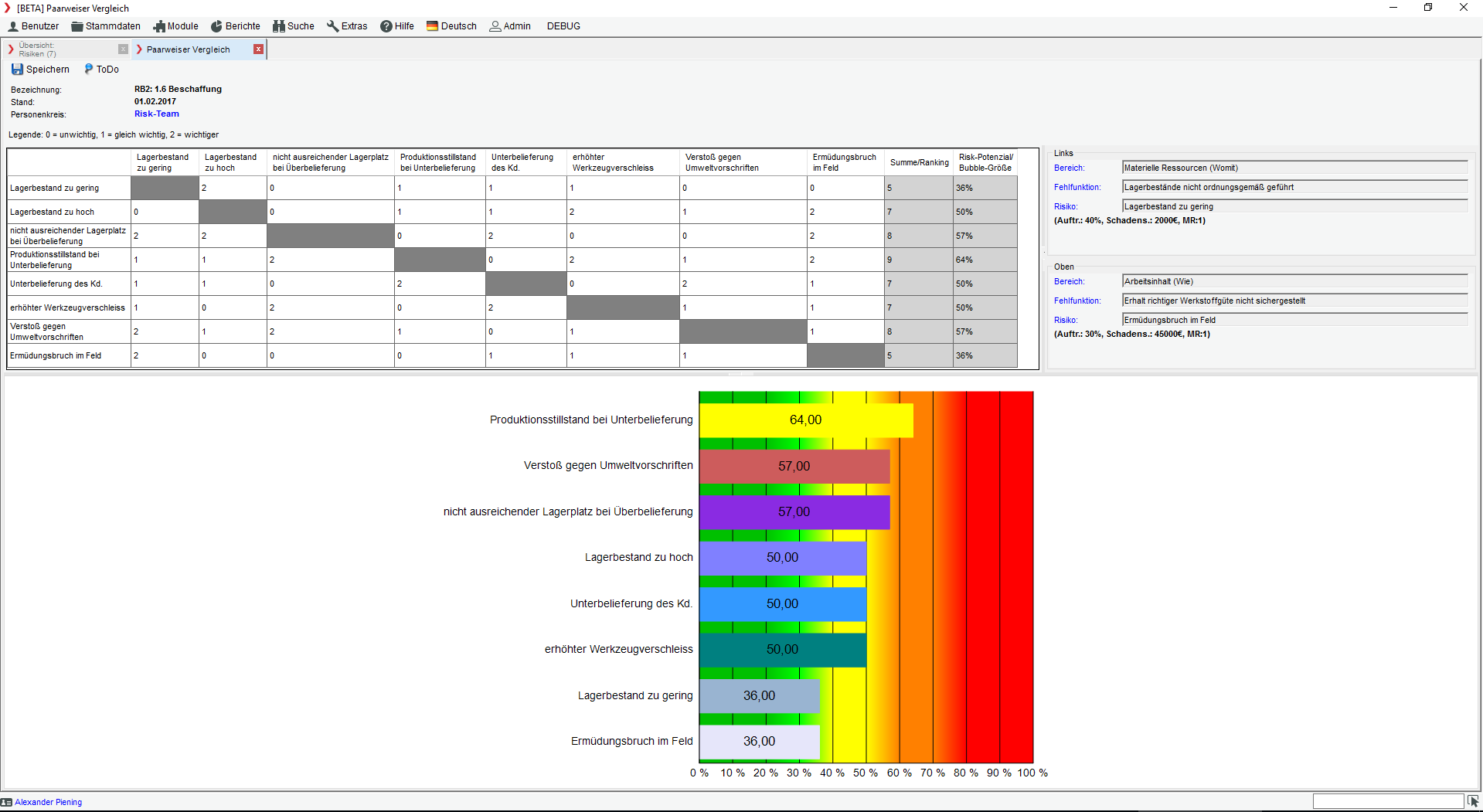 >Measures input and tracking
>Measures input and trackingMeasures can be created and tracked for each individual risk (ToDo Manager). This enables active risk minimization and reduction. After the measures have been completed, a new risk assessment can be carried out to show the effectiveness of the measures and the changes in the risks.
>ExtensibilityGUKSA GmbH offers further software solutions in its product portfolio, which can be linked with each other and thus make redundant presentation and maintenance unnecessary. GUKSA permanently develops and expands its software products according to the requirements of the market in order to always be able to offer you solutions that meet your needs.
>TODO
The TODO Manager can be used to create measures to eliminate or minimize risks. A guided processing of the points is guaranteed via the TODO Manager. A notification function via e-mail is also integrated.
>PB+
Conscious handling of process risks forms the basis for the future of your company. The PB+ module includes a "process risk analysis" that helps you determine and analyze potential risks in processes. "Turtle data" of a process is used to identify and define risks. Probability of occurrence, amount of damage and avoidance measures determine the significance of these risks. The data is consolidated and clearly presented in a so-called "RISK map". This gives the company and its process owners a quick overview of the main risk areas.
>CSR+
The connection to the CSR+ module enables you to consider risks that may arise from customer-specific requirements (CSR).
>ATS
By linking to the ATS module, the assessments from a feasibility study or even from a pure contract review can be defined as risk-relevant. Within the RISK module, a separate risk management can then be set up for this purpose. This gives the company a clear overview of the risks within a project or towards a specific customer.
>AUDiT
Through the connection to the AUDiT module, findings from an audit can be provided with a risk assessment accordingly. A graphical representation of the risks is thus also given. This makes audit results more meaningful and more transparent and interesting for management.
Services
Trainings
Innovations
>DOCS (Dokumentenmanagement)
The module DOCS allows you to manage your business’s company or process related documents. With DOCS, documents can be registered, checked and approved. New versions or changes to these documents can be displayed completely and transparently.Learn more...
>AUDiT (Audit management)
The module AUDiT serves the purpose of planning, implementing and evaluating audits of all kinds. With AUDiT you can conduct audits according to prescribed or completely individualized proceedings. AUDiT offers the possibility to compare different audits, also with regard to risks, and therefore accomplishes a significant benefit.
Learn more ...
>ATS (Feasibility study)
The module ATS (Analysis of technical specifications) is a software for the analysis and evaluation of text and image files of numerous kinds (General terms and conditions, QSV, etc.) that works across different locations. Therefore, ATS can be used for contract reviews as well as for graphic documents like drawings, sketches, samples, photos, etc. You receive a requirements engineering tool that supports you during the creation, evaluation, maintenance and reuse of technical specifications, e.g. in the context of feasibility checks.Learn more ...
>PB+ (Process management)
The module PB+ provides the implementation of a modern process management in your company. The individual structure of your company across various locations is realized systematically through the creation and management of appropriate processes. These processes are provided with responsibilities and form a close network of communication and information flows through interactions with other company processes.Learn more ...
>RISK (Risk management)
With the Risk module a risk management system can be created and tracked. For this purpose, you can create a risk matrix for various risks arising from litigation (as PB +), audits (as RPAS™) or general individual risks (e.g. from CSR + or ATS). Using the scenario technique, you can see how risk change by appropriate measures. Furthermore, you can compare different risk considerations in a temporal sequence (e.g. annual consideration).Learn more ...
>TODO (Measure management)
The module ToDo enables you to manage and monitor measures in a structured manner. Accordingly, you can recognize the dependency of different tasks to each other. All tasks are controlled person-related and can be communicated via e-mail. With the help of escalation levels, you can determine automatic system-sided reactions and messages. The tasks can be controlled and displayed across locations through the web-based approach. Therefore, you have a quick overview over the current status of all of your projects.Learn more ...
GUKSA >DiMS
The GUKSA SOLUTIONS application contains various modules to support and design your main management areas. Please click the corresponding comb for further information.Mehr erfahren ...
>CSR+ LEGAL (Customer specific requirements)
The module CSR+ (Customer Specific Requirements) is a software solution for the evaluation, analysis, and management of your customer specific requirements (CSR). The system provides a structured and transparent depiction of customer specific QM system requirements and requirements to a standard (e.g. IATF 16949, ISO 9001, IRIS, etc.).Learn more ...
>ORG (Organisational Management)
The module CSR+ (Customer Specific Requirements) is a software solution for the evaluation, analysis, and management of your customer specific requirements (CSR). The system provides a structured and transparent depiction of customer specific QM system requirements and requirements to a standard (e.g. IATF 16949, ISO 9001, IRIS, etc.).Learn more ...
>ISMS (Information Security Management)
The module ISMS (Information security management) is currently in the project phase.
- For more information please contact us directly.
>ANALYSIS (analysis tools)
In the GUKSA analysis tool, the data and results in the various applications are linked together, enabling efficient and effective execution of the analyses.
They can be further processed, e.g. with brainstorming and mind mapping, then with the Ishikawa tool, in order to show cause-effect relationships and, e.g., evaluate opportunities/risks. Determine in detail the causes of audit deviations, which you have identified e.g. with our RPAS® module or error causes in connection with deviations in production or customer complaints. Starting from the Ishikawa diagram via the 5-Why and/or Is/Is-not-analysis, the root cause is systematically determined. The 5-Why analysis and the Is/Is-not-analysis are based on VDA Volume 8D.
Learn more...
>SQM CSR (CSR in Supplier Management)
The module CSR+ (Customer Specific Requirements) is a software solution for the evaluation, analysis, and management of your customer specific requirements (CSR). The system provides a structured and transparent depiction of customer specific QM system requirements and requirements to a standard (e.g. IATF 16949, ISO 9001, IRIS, etc.).Learn more ...
>PAS (Process audits)
The planning and implementation of internal and external (process) audits often requires the organization to commit considerable resources (time/costs). The>GUKSA PAS Software supports you in this respect and offers you a wide range of solutions.
With the information manager, you and the departments concerned are reminded in good time of upcoming audits and measures that are due.
Various views and export options allow you to keep track of all planned and completed audits and auditor resources in your company.
Learn more...
>VDI 4056
The module VDAI is currently in the project phase.
- For more information please contact us directly.
>CSR+ (Customer specific requirements)
The module CSR+ (Customer Specific Requirements) is a software solution for the evaluation, analysis, and management of your customer specific requirements (CSR). The system provides a structured and transparent depiction of customer specific QM system requirements and requirements to a standard (e.g. IATF 16949, ISO 9001, IRIS, etc.).Learn more ...






